|
For those of you who may not know, my education and passion for wine and spirits began in 1980 when I became part of three very successful family-owned restaurants in NYC. Over the years we have collected many wines from around the world and I recently had the good fortune to be gifted a few cases. Among the treasure trove I inherited was a box of Far Niente Napa Valley Cabernet Sauvignon. The vintages include 1983, 1986, 1987, 1988, 1989 and 1990. About four years ago I opened a bottle of the 1983 vintage that had been tucked away in my wine cellar since 1990. It was superb! So, I was very excited about opening my new acquisitions, especially another 1983 vintage! A friend suggested I do a vertical tasting of the wines, but I didn’t have the heart to open all the bottles at once. I want to take my sweet time and slowly savor each bottle. John Benson, a forty-niner of the California gold rush, founded Far Niente Winery in 1885 that is situated in western Oakville, Napa Valley. Far Niente fell victim to Prohibition in 1919 and soon was abandoned. In 1979, Gil Nickel purchased the vineyard and winery. The property took three years of restoration, but the hard work led to placement on the National Register of Historical Places. In 1982, the winery’s first Cabernet Sauvignon and Chardonnay were harvested, and to this day only these two varietal are produced at this winery. The Cabernet Sauvignon grapes are grown in the Martin Stelling Vineyard located behind the winery, encompassing 57 acres. With a moderately warm climate and gravelly loam soil, the stage is set for producing complex, richly textured and fruit forward wines. It was a difficult decision, but I finally opted to begin the exploration of the Far Niente Cabernet Sauvignons with the 1990 vintage. Far Niente 1990 Estate Bottled Cabernet Sauvignon In addition to Cabernet Sauvignon, the wine is also blended with Cabernet Franc and Merlot. The blend was aged in 100% new Bordeaux French Oak barrels for twenty months. The cork crumbled when trying to remove it from the bottle, but the wine showed a beautiful color of deep red as it was decanted. Our first swirl and sip put a smile on our faces. We patiently allowed the wine to open up and were then rewarded with an outstanding wine! The aromas were a heady mixture of berries, dark cherry and hints of spice and toast. The palate was layered with dark berries, pomegranate, anise and spice. A velvety mouth-feel, soft tannins and rich texture added to the complexity of the wine, proving once again that Far Niente creates age-worthy wines. I can’t wait to open more vintages!
Until next time… Cheers! Penina To leave a comment or if you have an inquiry, please contact me at [email protected] Many of you have been questioning of late why the “knitter” in The Wineknitter has disappeared. I have many excuses lined up, but truth be told, my passion for knitting waned. I must confess that I haven’t picked up knitting needles in over two years…that is until last week. A family member recently reached out to me and asked if I would teach her how to knit. I was quite happy to do so. As we sat sipping wine and going through the basics of knitting, I realized how much I’ve missed the challenge of designing and creating knitwear. And I had forgotten how peaceful and centering knitting is. Although I don’t have a lot of time anymore to sketch, work out patterns, etc., my teaching session motivated me to grab some yarn and start knitting. So, with knitting needles, yarn and a glass of wine in hand, I embarked on a quick project! The “pour” that paired with my knitting project is Michel Chapoutier’s Domaine de Bila-Haut L’esquerda Côtes Du Roussillon Villages L’esquerda 2016. Domaine Bila-Haut is located in the region of Côtes de Roussillon, Languedoc in Southwest France. Michel Chapoutier is a fourth-generation oenologist and head of Maison M. Chapoutier. He is world-renowned and one of Rhône’s most famous wine producers of Hermitage, Chateauneuf du Pape and Côte Rôtie. The blend of Domaine de Bila-Haut L’esquerda 2016 is mostly Syrah with small amounts of Grenache and Carignan. The percentages vary from vintage to vintage. The grapes are hand harvested from the 67-acre L’esquerda vineyard comprised of forty to sixty-year-old vines that grow in granite and schist soils. The color of the wine is deep purple with intoxicating aromas of dark berries, spice, pepper and vanilla. The palate is layered with blackberries, plum, raspberry, fennel, spice and hints of minerality. The finish is long and filled with blackberry jam, chocolate, pepper and a touch of fennel. This is an expressive and beautifully balanced full-bodied wine. Serve with grilled meats, chicken, cheese, tuna steak and hearty stews. Alcohol: 14.5% SRP: $28 As a side note, Michel Chapoutier’s wine labels are also printed in Braille. It is Michel’s way of paying homage to Maurice de la Sizeranne who was born in 1857 and had lost his sight by age nine. Maurice was one of France’s most noted philanthropists and founded the Revue du Braille, perfecting the system of abbreviated Braille. Maurice and his family are also known for a small plot of land they own in the famous Hermitage appellation where Chapoutier sources grapes for one of his most famous wines, Monier de la Sizeranne. If you would like to learn more about Bila-Haut wines, please click on “Categories” on the right-hand side of this page. My knitting moments will be far and in-between going forward, but every now and then, I will post a “sip and stitch” story. Here is my finished cowl neck scarf which took a few hours to make. Until next time…
Cheers! Penina To leave a comment or if you have an inquiry, please contact me at [email protected] With autumn fast approaching, my attention is turning to a more focused look at red wines and a heartier dining menu. However, as I’ve said many times before, I do enjoy white, rosé and sparkling wines all year long! Donald Hess is the founder of Hess Wines, a family-owned, fifth-generation company in Napa Valley, CA. In the 1970s, Donald made a business trip to Napa Valley and it was during this visit that he took an interest in mountain winegrowing. He learned that the Mount Veeder mountain vineyards were an ideal area for growing grapes which produce unique character and flavor due to the microclimate and soils. In 1978 Donald made his first land purchase on Mount Veeder, a property in which winemaking and farming go back as far as 1876. This property is now the site of the Hess Collection Winery. By 1982, Donald had acquired 900 acres and in 1986 he opened the Hess Collection Winery to the public. Dave Guffy became Director of Winemaking in 1999 and Donald formally retired in 2011, passing on the baton to Timothy Persson as CEO and fifth generation of the Hess family. Hess Wines focuses on sustainable practices in the vineyard and winery. In addition to its mountain vineyards, Hess Wines has estate vineyards in areas such as Pope Valley and near the Carneros region of the Napa Valley. Hess Wines also produces wine in Argentina and South Africa. I recently received two bottles of Hess Select wines, made from grapes grown in the Central and North Coast of California. Hess Select Central Coast Pinot Noir 2016 is 100% Pinot Noir from the Santa Lucia Highlands region of the Central Coast. The wine is aged in neutral French oak, up to 12 months. The color is ruby with enticing aromas of sweet spice, cherry and strawberry. The palate is layered with red cherry, yellow plum, strawberry, pomegranate and allspice and finishes with a touch of pepper and vanilla. Smooth tannins and nice acidity make this a great wine to pair with fish, white meat, cheese and light pasta. Alcohol: 14% SRP: $20 Hess Select North Coast Cabernet Sauvignon 2015 is a blend of 79% Cabernet Sauvignon, 11% Petite Sirah, 4% Malbec, 2% Syrah, 2% Merlot and 2% Zinfandel. The grapes are harvested from the North Coast known for its mild Mediterranean climate and well-drained volcanic and gravelly soils. The wines are aged in 35% new French and American oak for 18 months. The wine color is dark ruby with juicy aromas of cherry, blackberry, spice and cocoa. The palate offers rich jammy flavors of dark cherry, plum, blackberry, spice and a touch of anise, vanilla and toast on the finish. This is a smooth and beautifully balanced wine. Pair with meats, stew, hearty soups, grilled veggies and an array of cheeses. Alcohol: 13.5% SRP: $19 Hess Wines has a wide range of wines to choose from. Visit their website for more information. https://www.hesscollection.com
Happy Wine Wednesday! Cheers! Penina To leave a comment or if you have an inquiry, please contact me at [email protected] All it took was a 15-degree drop in temperature and a cool breeze for me to start thinking about making a batch of soup and pumpkin muffins. The temporary change in weather also motivated me to open a bottle of red wine. Having tasted a lot of lightweight wines the past few months, I was “jonesing” for some Chianti. Chianti Classico appellation is located in Tuscany, Italy situated between Florence and Siena and is the most esteemed and ancient area in the Chianti winemaking zone. Chianti Classico is a small wine region that produces DOCG wines with very specific rules. The blend must be at least 80% Sangiovese grapes. Chianti Classico Riserva is made with the best Sangiovese grapes and requires a minimum of 24 months maturation, including 3 months of bottle aging. Every bottle of Chianti Classico has a pink label with the Black Rooster seal, authenticating the wine. The label is a symbol of the Chianti Classico Wine Consortium. The bottle must also bear the DOCG label (Denominazione di Origine Controllata e Garantita), which under Italian wine law is the highest designation of quality among Italian wines. Tomaiolo Chianti Classico Riserva 2012 DOCG is a blend of 90% Sangiovese and 10% Cabernet Sauvignon. The wine is aged in oak casks for 24 months and one year in the bottle. The color is deep ruby with aromas of cherry, blackberries, spice, violet and oak. The palate offers dark cherry, dark fruit, cranberry, toast and a long finish of cherry and cocoa. This is a full-bodied, dry wine with soft tannins. Pair with grilled meats, pasta and red sauce, and seared tuna. SRP: $12.99 Alcohol: 13% I never did make the soup or pumpkin muffins, but there’s always next week!
Until next time… Cheers! Penina To leave a comment or if you have an inquiry, please contact me at [email protected] Over the past fifteen months I’ve had the opportunity to visit Sicily twice. I have experienced a breathtaking array of landscapes, sampled delicious food and savored many memorable wines from west to east and north to south. My exploration of Sicily has taken me to cities and regions such as Palermo, Mazara del Vallo, Menfi, Cammarata, Catania, Marsala and Pantelleria to name just a few. Sicily is the largest Mediterranean island surrounded by the Ionian, Tyrrhenian and the Mediterranean seas. It is also the third largest producer of wine in Italy. The only parts of the island that I have not yet explored are the southeast and northeast wine regions. So, when I received a bottle of Donnafugata’s Floramundi Cerasuolo di Vittoria DOCG made from the grapes of the Vittoria area in southeastern Sicily, I was quite excited to tour this region through my taste buds! Donnafugata has wineries and 283 hectares of vineyards located throughout Sicily, including historic aging cellars at their Marsala winery. They have 18 hectares of vineyards in production in the Vittoria area, consisting of 11 hectares of Nero d’Avola and 7 hectares of Frappato. Cerasuolo di Vittoria DOCG is considered one of the most noteworthy wines produced in Sicily and it is the only wine in Sicily with a DOCG status! These wines are a blend of the indigenous grapes Frappato and Nero d’Avola. No other grape varieties are allowed in the blend. Cerasuolo means ‘cherry-colored’ in Italian. Frappato is light-bodied with low tannins and flavors of cherries and strawberries. Nero d’Avola has weight and is full-bodied with a rich texture and dark red fruit flavors. Together, they complement and bring out the best in each other. Floramundi Cerasuolo di Vittoria DOCG 2016 is Donnafugata’s first vintage from the Vittoria vineyards. It is a blend of 70% Nero d’Avola and 30% Frappato. The color is cherry red with aromas of white peony, cherry, sweet apple, spice and pepper. The palate is layered with cherries, red berries, strawberry-rhubarb pie and a touch of spice and pepper on the finish. Soft tannins and a silky mouth-feel complete this fresh and juicy wine! This is a wine that will drink well slightly chilled. Serve as an aperitif or with cheese, beef stew, hearty fish entrees and soup. Alcohol: 13.30% SRP: $30 As always, Donnafugata wine labels are whimsical and a work of art. Flora means, "flower" in Latin. And in Roman mythology, Flora is the goddess of spring and flowering plants. Mundi, loosely translated is the connection between Heaven and Earth. The Floramundi label depicts a goddess type woman conjuring up magical gifts of flowers and fruit. As Donnafugata states “it is a dialogue between two souls, the elegant and sophisticated, Nero d’Avola and Frappato”. And indeed, this wine is a beautiful marriage! To learn more about Donnafugata and Sicily, please click from the menu on the right side of this page.
Until next time… Cheers! Penina To leave a comment or if you have an inquiry, please contact me at [email protected] For the next week or so, I am turning off my computer, tuning out and dropping out. I am officially hanging out my “gone fishing” sign. Except for the occasional tweet or Instagram photo, consider me MIA! I will return after August 21st with some exciting stories about a special debut wine from Sicily and a few mouthwatering reds from California and South America. Stay tuned! Peace out! Cheers!
Penina The Herzog family is no stranger to the wine world. Their winemaking origins date back almost a century ago in Slovakia with Philip Herzog who produced wine for the Austro-Hungarian court. Emperor Franz-Joseph was so impressed with the wines he gave Philip the title of Baron Philip Herzog. World War II changed everything for the Herzog family. Philip’s grandson Eugene had to hide the family from the Nazis until the end of the war. Unfortunately, three years later the new Czech communist regime forced the Herzog family to leave their home once again. They abandoned most of their worldly possessions including their royal status and came to America in 1948. Eugene, his wife, six children and two war orphans settled in the Williamsburg section of Brooklyn, NY. Eugene found a job at a small kosher winery where he made sweet wines from Concord grapes. Eugene was compensated for a portion of his work in company shares that were essentially worthless. However, in 1958 all the other shareholders gave up their shares, leaving Eugene and his sons the business. As a tribute to his grandfather Philip, they called it Royal Wines. The Herzog family expanded their business in 1985, taking the winemaking operations to California. After 20 years of renting space at other wineries, the family built and now owns a state-of-the-art winery south of Santa Barbara in the town of Oxnard. Joe Hurliman is the head winemaker and oversees the high-end production of kosher winemaking while maintaining tradition. They have two labels: Baron Herzog and Herzog Wine Cellars and they have quite an impressive portfolio of wines. I recently received a sample of 2017 Herzog Lineage Sauvignon Blanc Musque Clone, Lake County. The wine is 100% Sauvignon Blanc. The Musqué clone is a rare type of Sauvignon Blanc grape that originated in Bordeaux. Most of the vineyards in Lake County are planted above 1500 feet and are influenced by Clear Lake, the largest inland body of water in California. The air is pure and clean and grapes benefit from ideal climate conditions with rich and varied soils. The color of the wine is pale yellow with notes of floral, citrus and sweet melon on the nose. The palate offers a creamy mouth-feel with bright acidity, honeysuckle, juicy pear and hints of minerality and lime zest on the finish. This is a very refreshing and easy wine to drink. It will pair well with light pasta dishes, cheese and most seafood. Alcohol: 14% SRP: $19.99 I served the wine with crusted baked salmon and roasted vegetables. It was a perfect match! Until next time…
Cheers! Penina To leave a comment or if you have an inquiry, please contact me at [email protected] It is oppressively hot and the added thunderstorms and relentless humidity have “dampened” many spirits of late. So, I invited a few friends over for some chilled wine and appetizers to lighten the mood. My refrigerator is stocked with whites and rosés, but everyone was leaning towards the Chardonnays from South America. Argentina and Chile are in the Southern Hemisphere, so their seasons are at opposite times of the year from the Northern Hemisphere. In fact, they are in full winter mode right now! Perhaps my guests were hoping to imbibe a touch of winter whilst sipping the wine. These wines are oaked and un-oaked Chardonnays offering different flavors and regional characteristics. Marques Casa Concha Chardonnay 2016 is 100% Chardonnay made from grapes harvested in the Quebrada Seca Vineyard, D.O. Limari, Limari Valley in Chile. Fermentation took place in oak vats and then the wine was aged in French oak barrels for 12 months. The color is golden yellow with rich aromas of pear, baked apple, hints of flint and a touch of lemon. The palate offers a creamy texture with layers of pear, pineapple, minerality and flavors of vanilla and toast from the oak aging. This is a full-bodied, crisp wine with a long finish. Alcohol: 14.5% SRP: $22 For more information about Concha y Toro and their wines, please select and click from the menu at right. Domaine Bousquet Chardonnay 2018 is 100% certified Organic Chardonnay. The grapes are harvested in Tupungato, Alto Gualtallary at the foothills of the Andes in Argentina. This is an un-oaked Chardonnay that was fermented in stainless steel tanks and then aged for 4 months in the bottle. The color is golden yellow with aromas of white flowers, melon, pineapple and hints of citrus. The palate offers pear, melon, tart green apple and a hint of vanilla and zest on the finish. This is a refreshing wine with lively acidity. Alcohol: 13% SRP: $13 For more information about Domaine Bousquet and their wines, please select and click from the menu at right. Both Chardonnays are great to serve as aperitifs or pair with light salads, seafood, light pasta, or fruit and cheese.
It is hard to believe that summer is more than halfway over. Let’s make the most of it before winter is upon us! Until next time… Cheers! Penina To leave a comment or if you have an inquiry, please contact me at [email protected] When shopping for Riesling one might automatically go to the Germany or Alsace section in a wine store. However, there is another section to consider. Take a stroll over to where they keep Rieslings from the Pacific Northwest, USA. Riesling grapes grow best in cool or moderate climates and Pacifica estate winery located on the border of Washington and Oregon is an ideal setting for growing these grapes. In 2006, Philip and Sheryl Jones purchased 95 acres on Underwood Mountain, of which over 25 acres are under vine. It is called Evans Vineyard and it overlooks the Columbia Gorge and Mount Hood. The climate is cool and marine-influenced with warm days and cool nights and the soil is mainly silty loam of volcanic origin. Pacifica estate winery is the Northwest’s only fully kosher winery, beginning with their first wines produced in 2010. Pacifica Washington Riesling 2017 is 100% Riesling. It is pale yellow with notes of citrus and floral. The palate offers mouth-watering acidity, green apple, pear, grapefruit, honey, minerality and a hint of lemon. This is a medium-dry wine that will pair well with a variety of food such as light pasta, white meat, spicy food, seafood and cheese. It is also a perfect wine to serve as an aperitif. SRP: $17.99 Alcohol: 12% Summer isn’t over yet, so kick it up a notch and put some Rieslings in your refrigerator alongside the other white wines and rosés. In any event, I plan to drink this Riesling all year long!
Until next time… Cheers! Penina To leave a comment or if you have an inquiry, please contact me at [email protected] Puglia was our last stop on a whirlwind tour in Italy last month. Puglia is the heel of Italy’s boot and is located in the southeast corner of Italy with the Adriatic Sea to the east and the Ionian Sea to the southeast. We flew from the majestic mountainous region of Veneto to the breathtaking coastline of Brindisi, a port city in the Salento region of Puglia. Brindisi is lush with tropical trees, white sand beaches, abundant sunshine, a dazzling view of the Adriatic Sea and relatively flat land, making it a perfect agricultural area for producing such products as wine, olive oil, artichokes and tomatoes. The city has an exciting vibrancy attracting young and old to its beaches, historical sites, boating and dining on local cuisine in some fab restaurants. Brindisi is a great combination of new and old world charm. Luigi Rubino and his wife Romina Leopardi of Tenute Rubino winery hosted our visit. The moment I met this dynamic couple, I was caught up in their enthusiasm and passion for Puglia, especially for their dedication to preserve ancient viticulture while embracing state-of-the-art practices and also their vision and mission for the near future to put Puglia back on the map and especially Brindisi. Their plan is to build a new winery that includes a small hotel with several amenities overlooking the Adriatic Sea. It is their desire to make Brindisi a tourist destination. For Luigi and Romina the future is tourism, wine and gastronomy! It all began with Luigi’s father Tommaso Rubino who back in the 1980s saw the potential of the land in Salento. Over time, Tommaso purchased land that is today divided into four estates. Luigi completed the construction of a new vinification and refining cellar in Brindisi and created the brand Tenute Rubino in 1999, paying homage to his father by promoting the historical vines of Salento that include Negroamaro, Primitivo, Malvasia and Susumaniello. And by 2000, the first bottle of Marmorelle Rosso was released. Just a quick note on the Susumaniello grape: It is an ancient red grape indigenous to Brindisi and grown almost exclusively in the Salento area. It ranks among the world’s rarest of grapes. Tenute Rubino is best identified with Susumaniello. The grapes are grown in the Jaddico estate with an assortment of vines, some of which are 75 years old. Luigi started the Susumaniello project in 2000 with Torre Testa wine. His goal is to reintroduce this rare grape to the world and make it the primary wine of the area. Tenute Rubino owns 500 hectares, of which 200 hectares are under vine located along the shores of the Adriatic Sea stretching inland. Each of the four estates is unique in bringing different expression to the same grapes planted. I encourage you to visit Tenute Rubino website to learn about each estate, the grapes planted, the soil and climate. https://www.tenuterubino.com Slideshow of vineyards and land below. In addition to walking the vineyards and learning about the indigenous grapes, Luigi showed us the blueprints of where he and Romina plan to start their visionary project. It is impressive on paper and one can only imagine how beautiful and magical the complex will be once built! After visiting the vineyards we drove to the winery for a cellar tour and wine tasting with Luigi, Romina and the oenologist, Luca Petrelli. We tasted through six wines, all unique and expressive of the land. 2010 Giancòlo IGT Salento made with 100% Malvasia Bianca from Jaddico estate. Aromatic with honeysuckle, peach, citrus and hints of brine. Bright acidity, fresh with honey, pear and tropical fruit on the palate. SRP: $18 2016 Torre Testa Rosé IGT Salento made with 100% Susumaniello from Jaddico estate. Fresh berries and a touch of salinity on the nose. The palate offers strawberry and Bing cherry. Crisp and refreshing. SRP: $16 2016 Oltremé IGT Salento made with 100% Susumaniello from Jaddico estate. Heady aromas of deep cherry and dark plum. Rich and smooth with lush dark cherry, chocolate, spice and a hint of anise on the palate. This is a “best seller” in USA market and one of my favorites! SRP: $11 to $14 2016 Miraglio DOC Brindisi made with 100% Negroamaro from Uggio estate. Aromas of dark berries, pepper, herbs and spice. The palate offers nice layers of blackberry, plum and hints of floral with medium tannins. SRP: $11 to $14 2015 Jaddico DOC Brindisi Riserva from Jaddico estate. Made with 80% Negroamaro and 20% Susumaniello Aromas of cherry, dark berries, pomegranate and hint of spice. The palate offers dark, juicy fruit with a smooth and rich texture. SRP: $25 2016 Torre Testa IGT Salento made with 100% Susumaniello from Jaddico estate. This is an elegant wine and it is another favorite of mine. The nose offers dark berries with fresh fruit, plums and sweet spice. The palate is layered with rich “jammy” dark fruit and spice. Full-bodied and a beautiful balance of acidity and tannins. SRP: $40 Over the course of two days we sampled many of Tenute Rubino wines with our meals. And speaking of food, Romina and Luigi own a fantastic restaurant called Numero Primo, a wine bar on the Brindisi waterfront. Slideshow below of small sampling of food & wine Tenuto Rubino also makes three outstanding extra virgin olive oils ranging from light and fruity to intense fruity. The olive oil is so good, I could drink it! Every year the Jaddico estate hosts the Women’s Harvest Festival celebrating the local women who work year-round in the vineyards from tending the vines to harvest time. The festival honors the commitment and skill of the women who make up the team. The festival is open to the public to enjoy wine, food, singing and dancing. This is a beautiful way to pay homage to the hard and dedicated work of these women. Our last night in Brindisi was spectacular. Romina and Luigi hosted a small party on a cruising catamaran complete with music, food, wine and a singing captain! It gave us a chance to see the coastline of Brindisi from the water, experience a beautiful sunset and admire some impressive architecture! It was truly a night to remember. Slideshow below. I look forward to returning to Puglia and hopefully, I will get to see the completion of Luigi and Romina’s vision for Brindisi in the not too distant future!
If you can’t make it to Puglia anytime soon, buy a bottle of Tenute Rubino and pour yourself a glass. I can assure you that with each sip the wine will tell you a story of the terroir, sea, history and tradition of this enchanting region. Thank you to Luigi and Romina for allowing me to look at Puglia through your eyes and for the opportunity to taste your impressive wines. I look forward to sharing your parting gifts with family and friends. Until next time… Cheers! Penina |
Categories
All
|
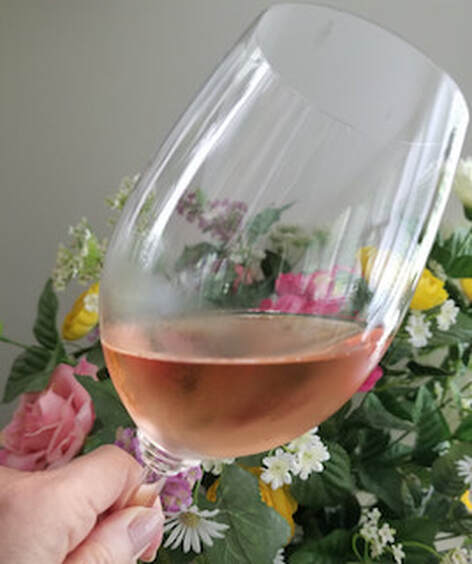
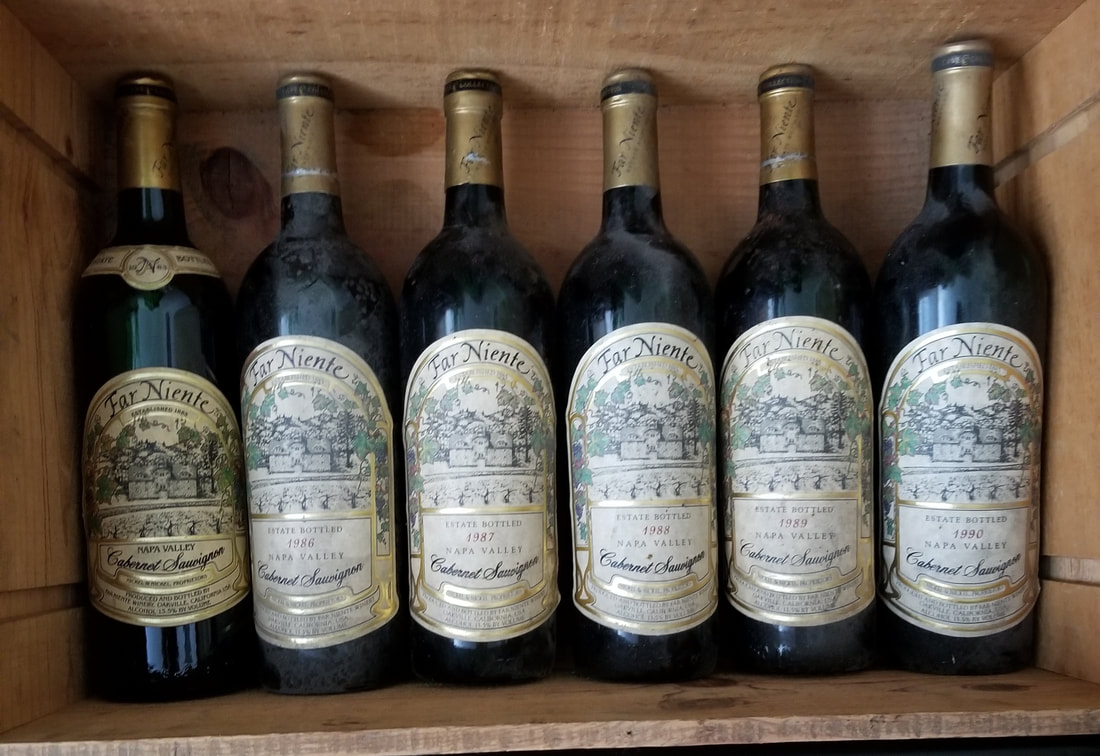
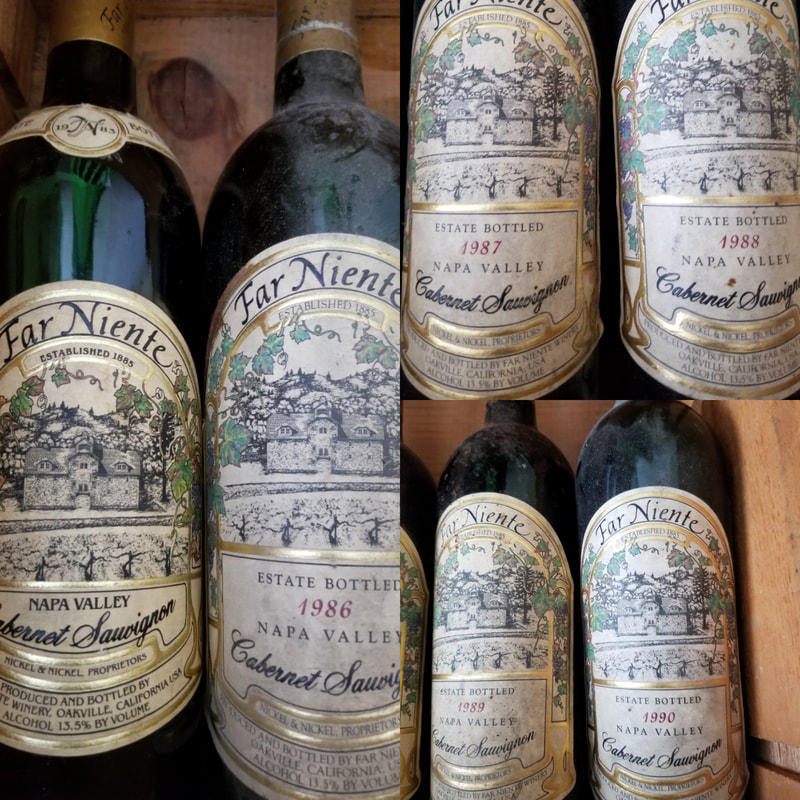
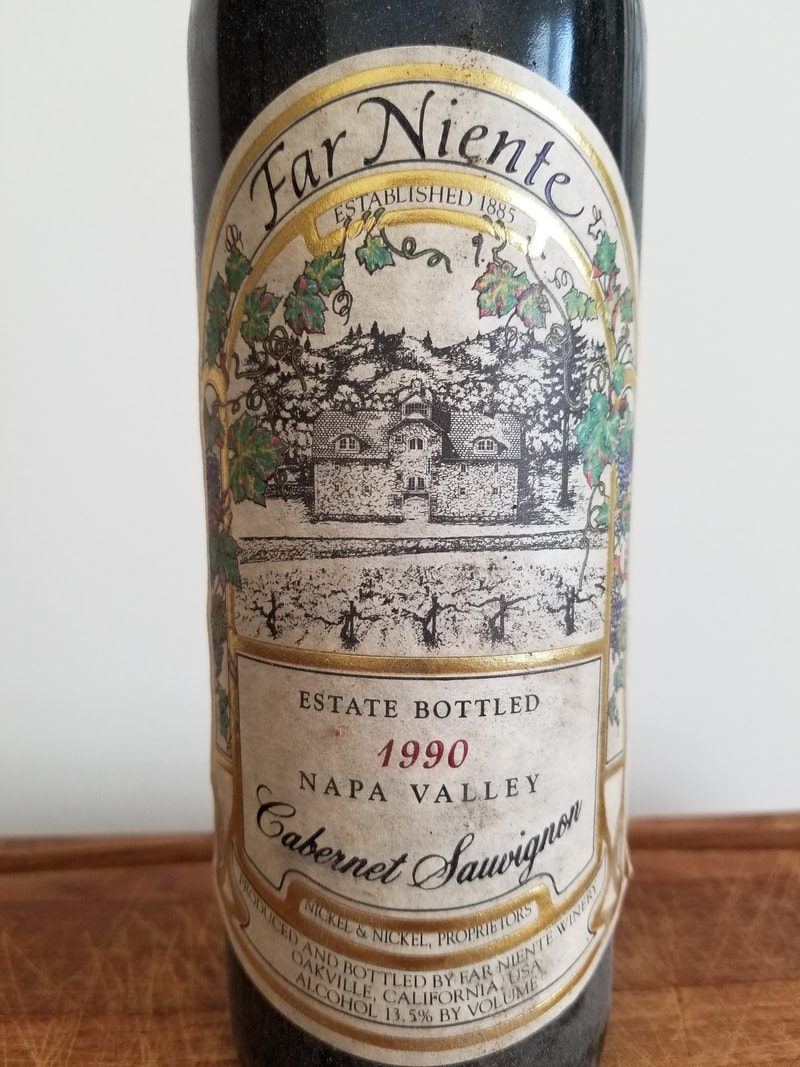

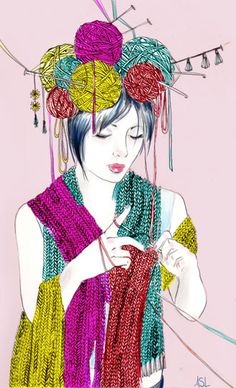
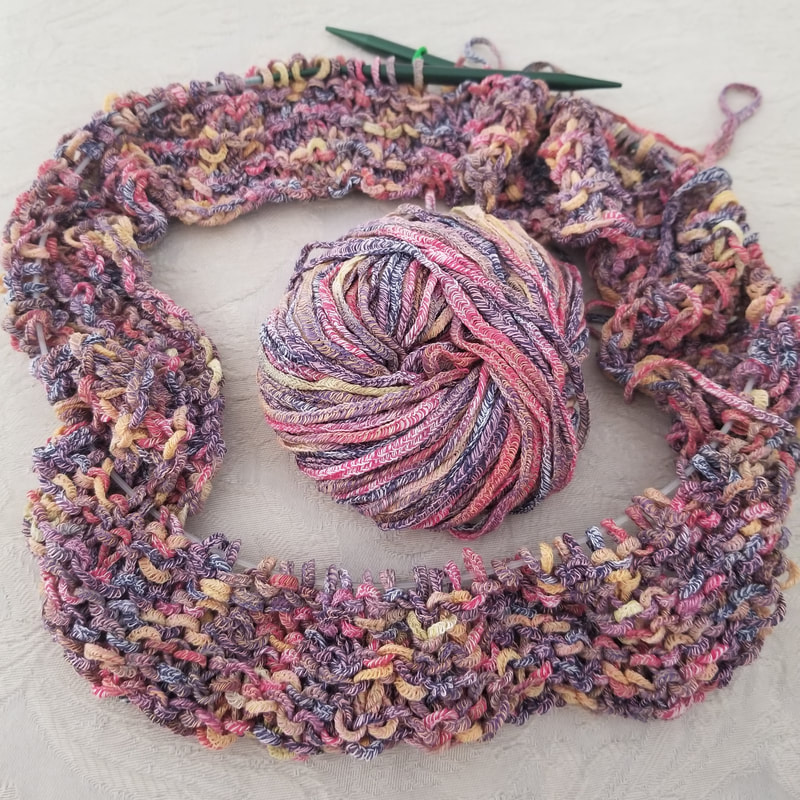
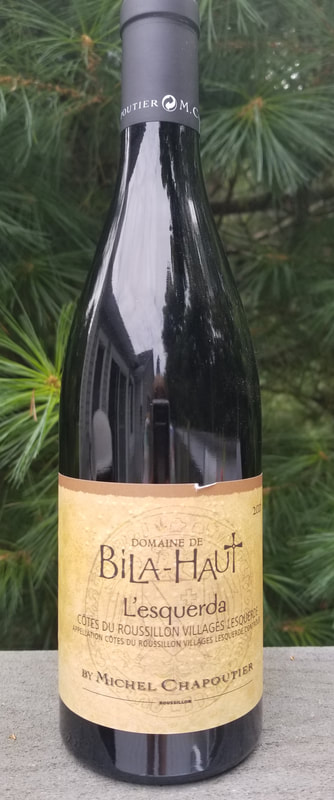
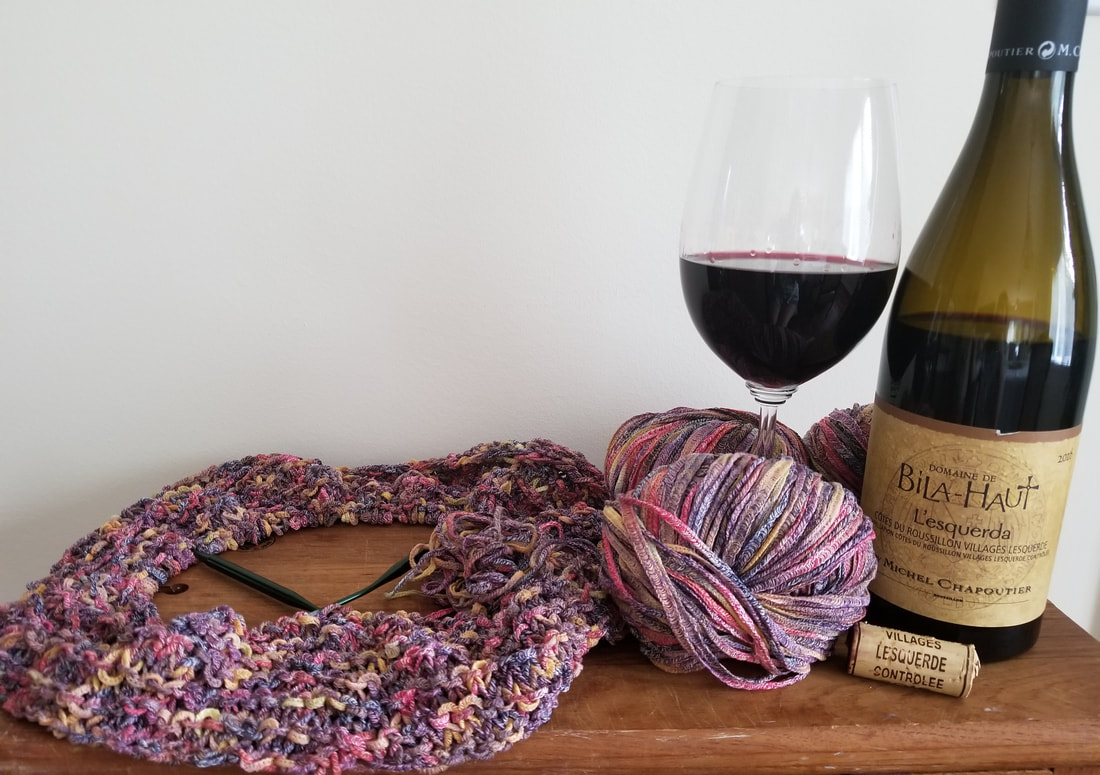
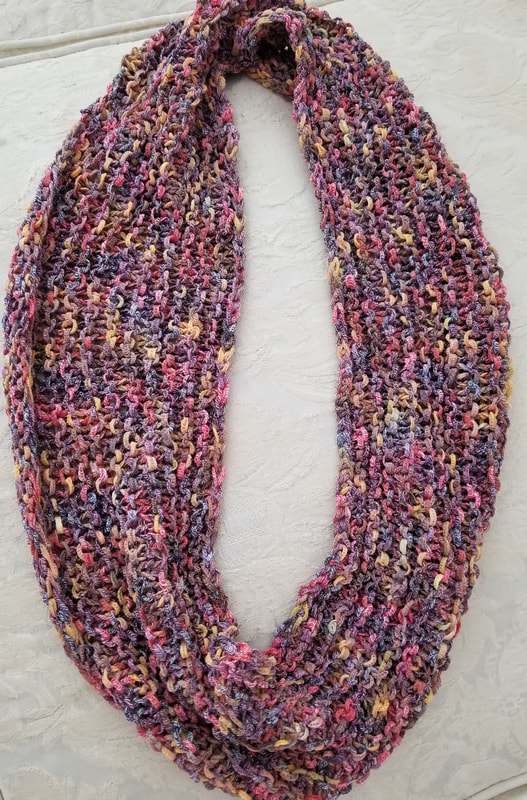
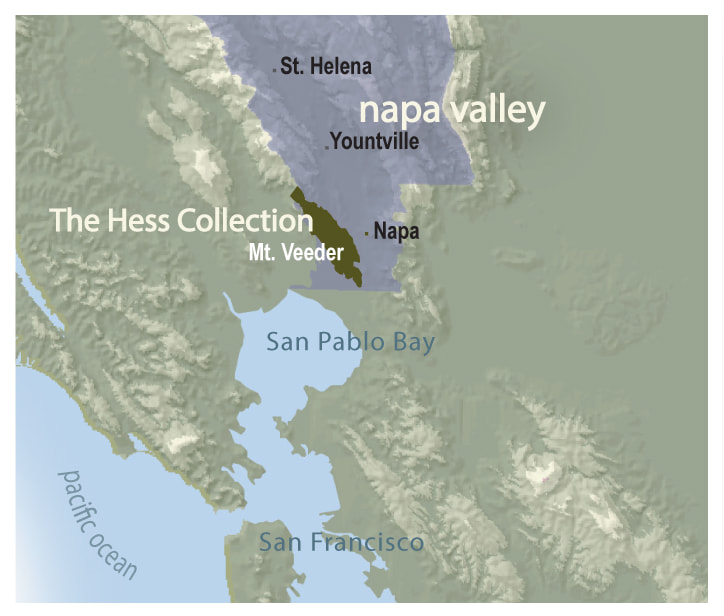
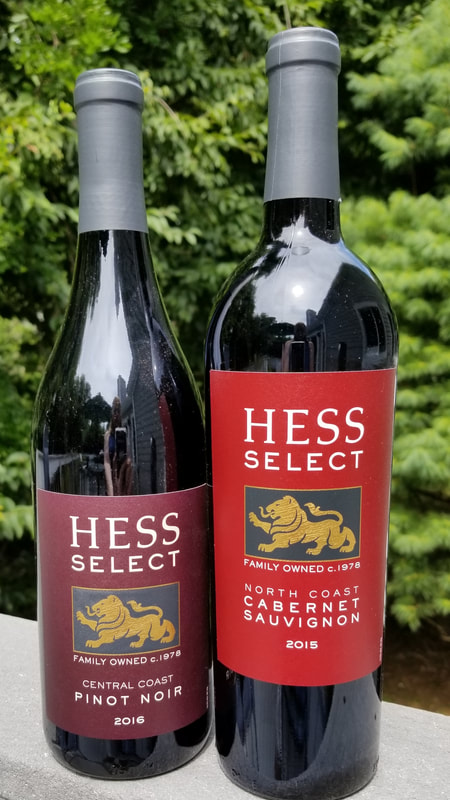
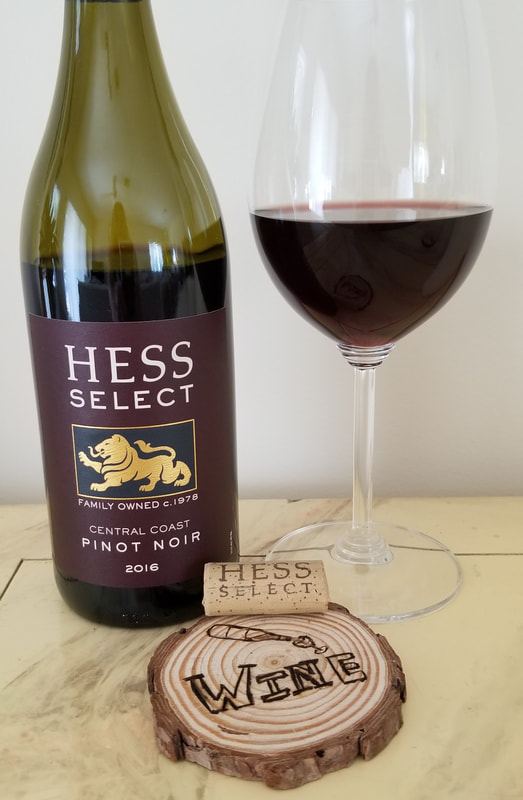
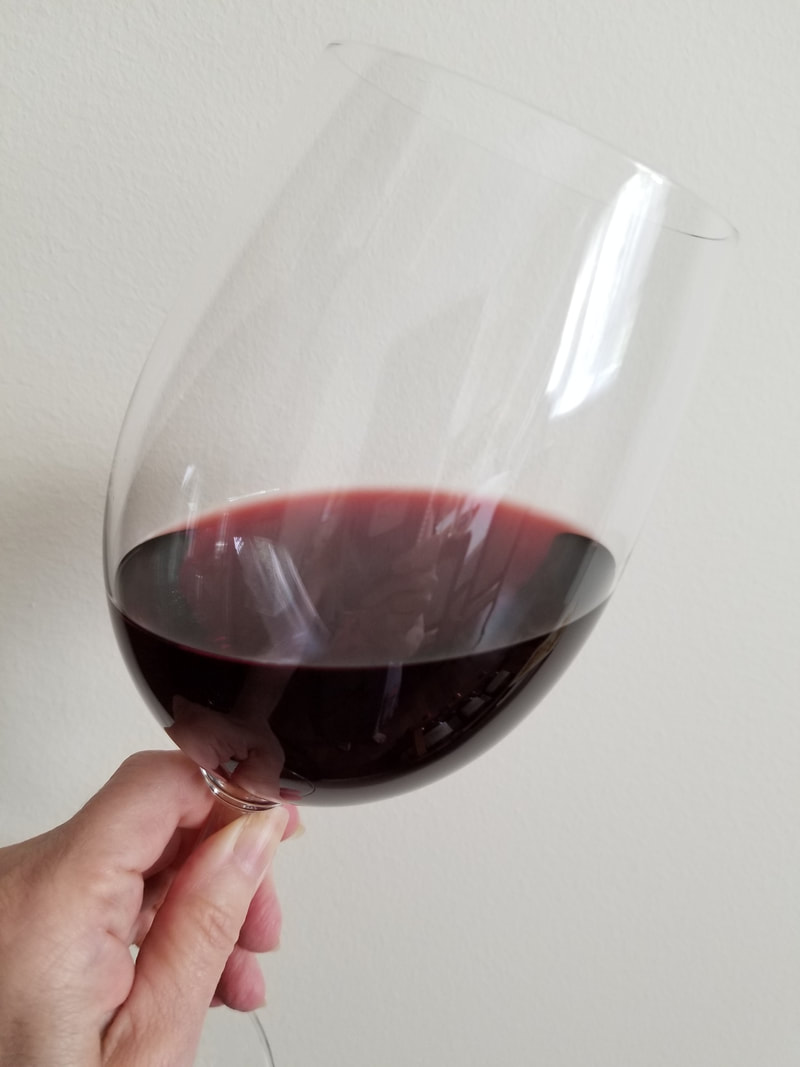
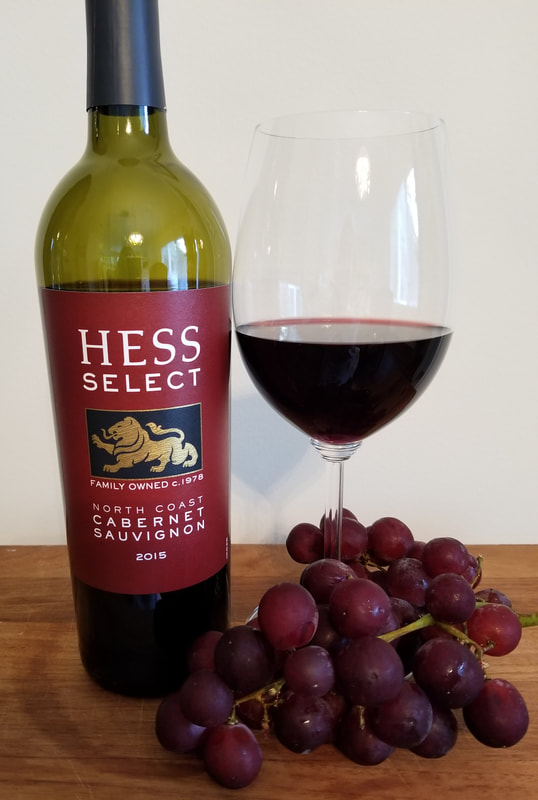
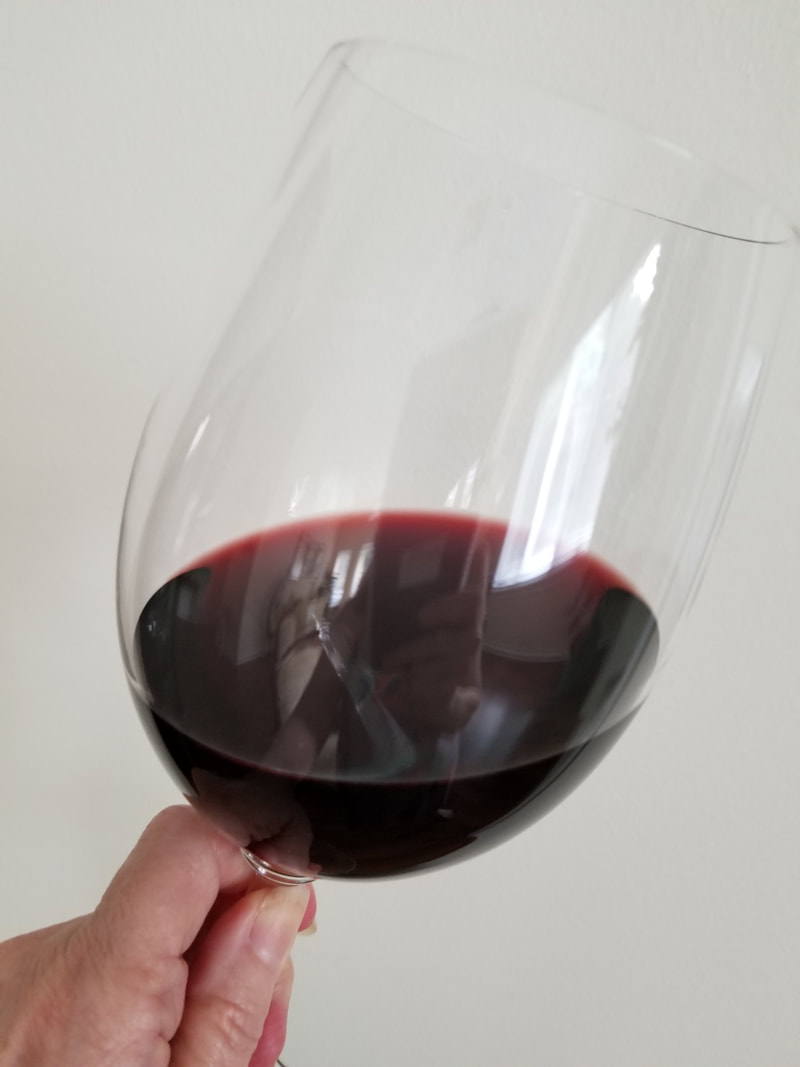
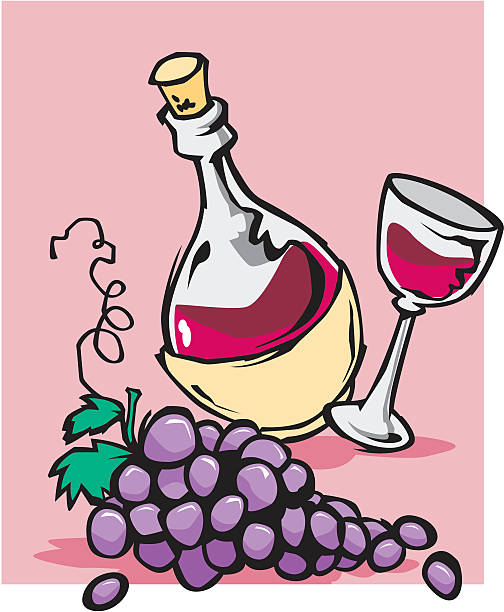
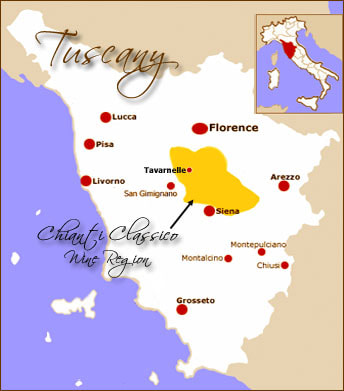
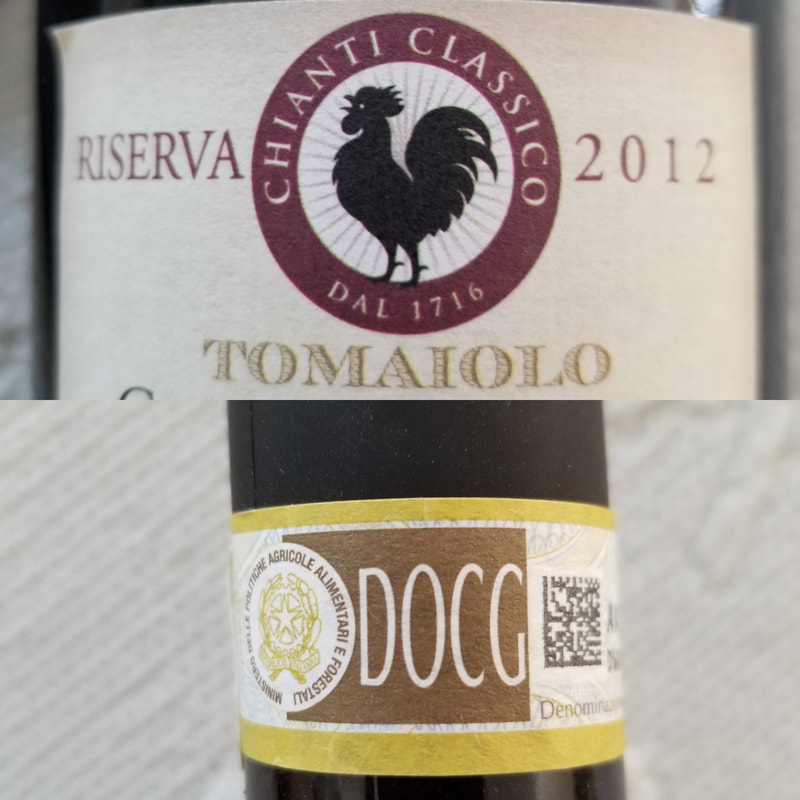
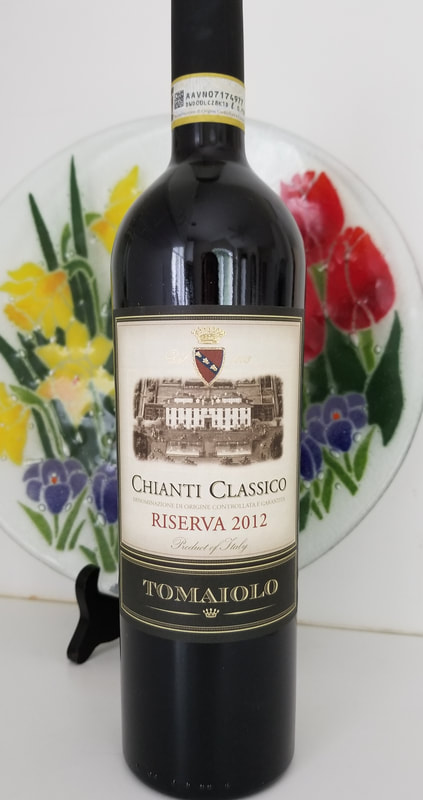
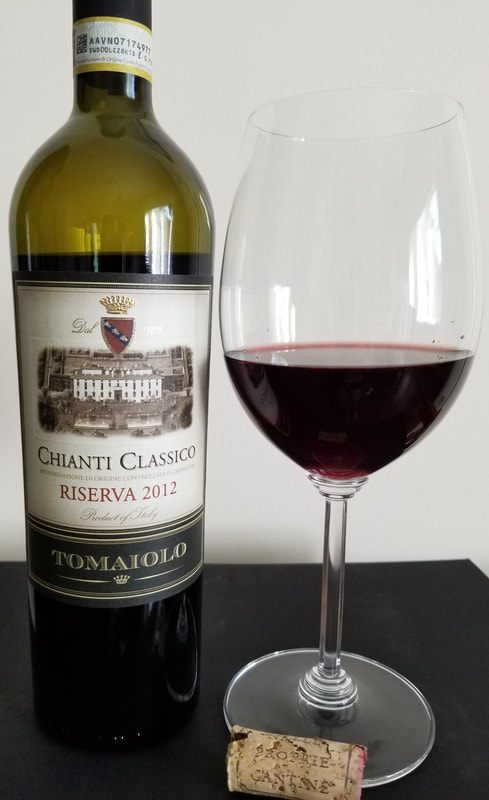
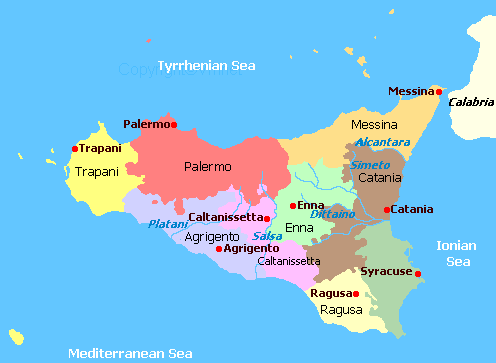
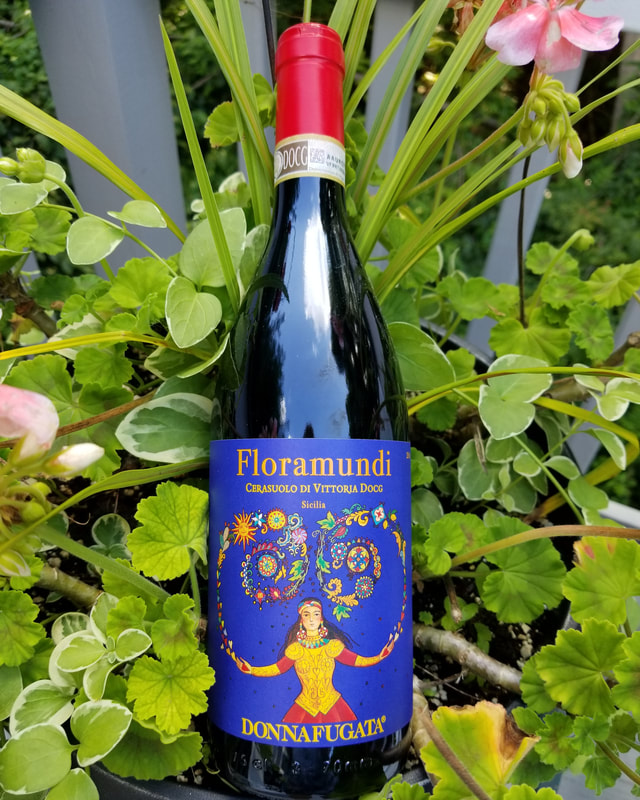
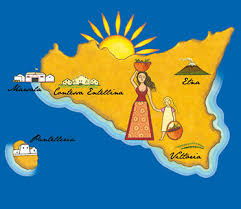
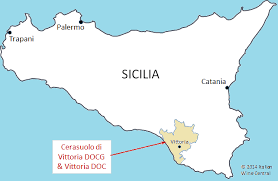
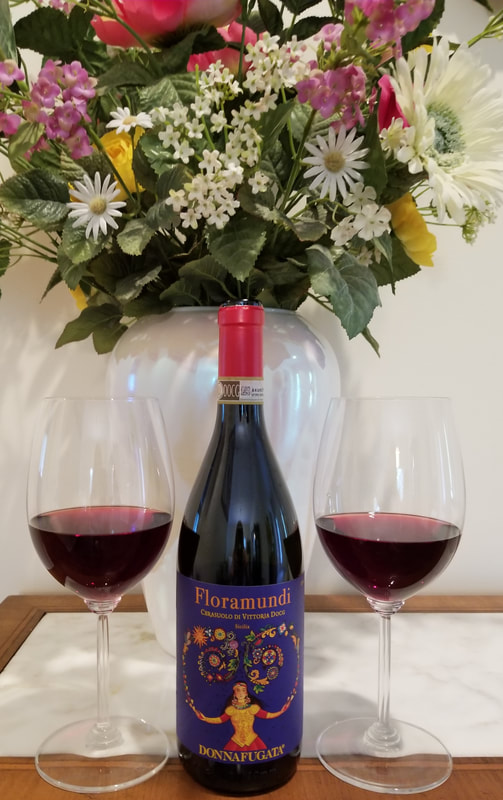
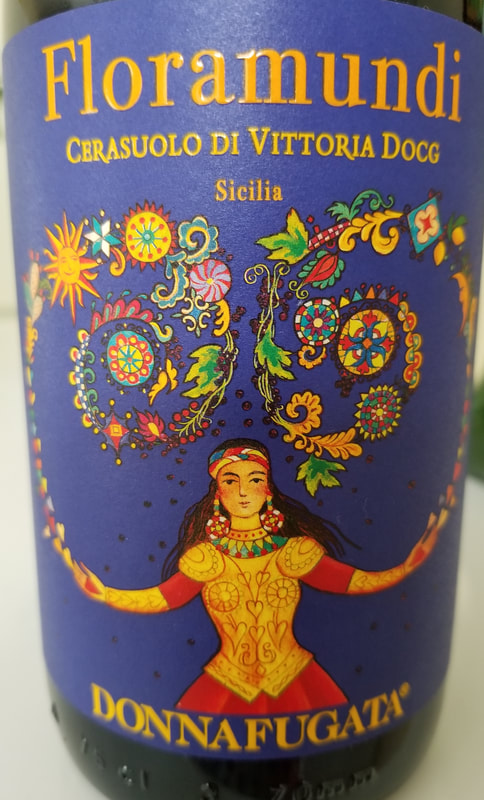
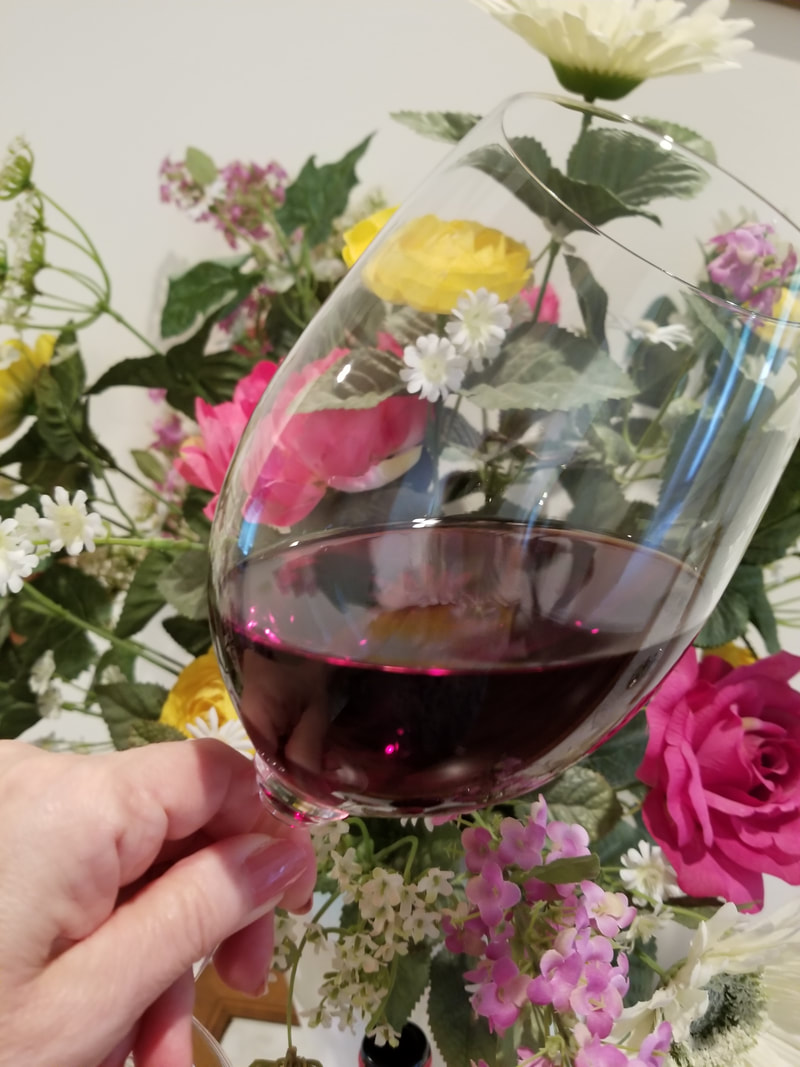

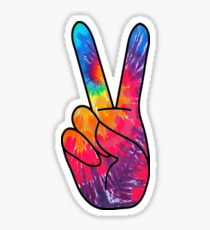

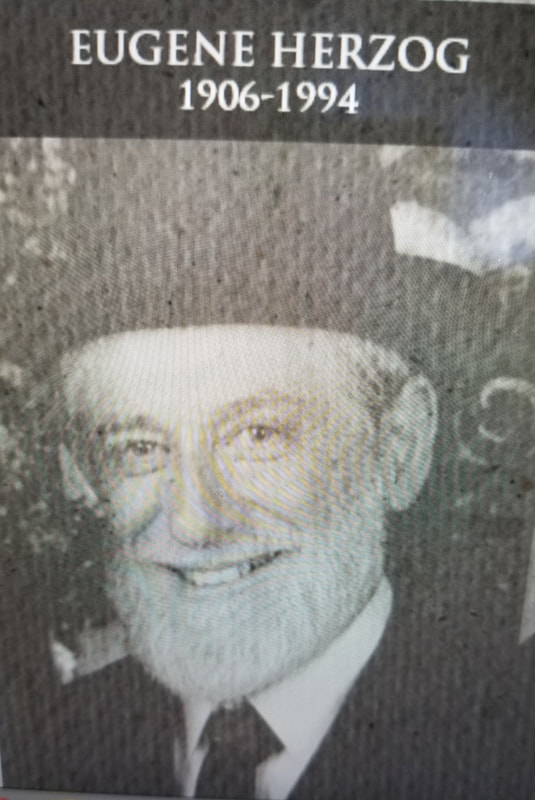
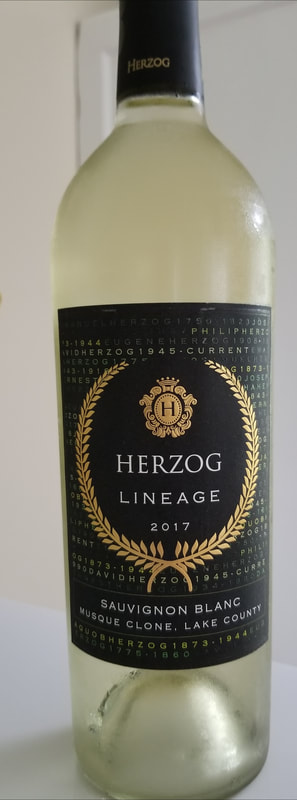
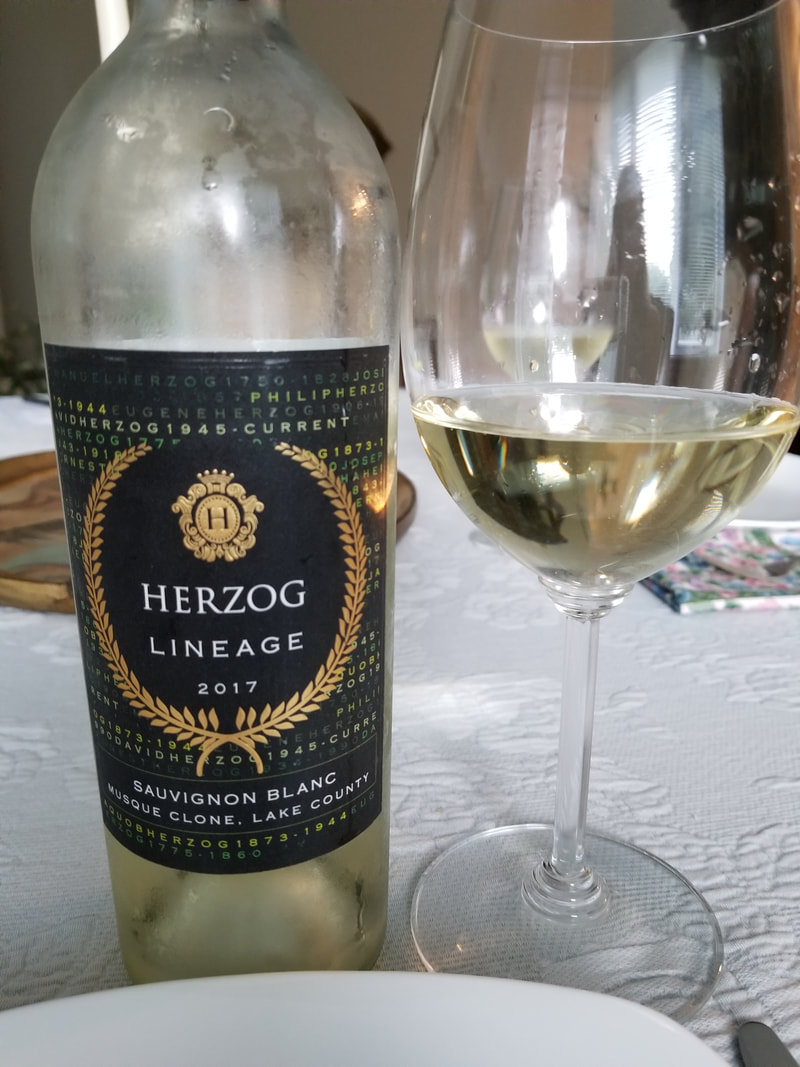



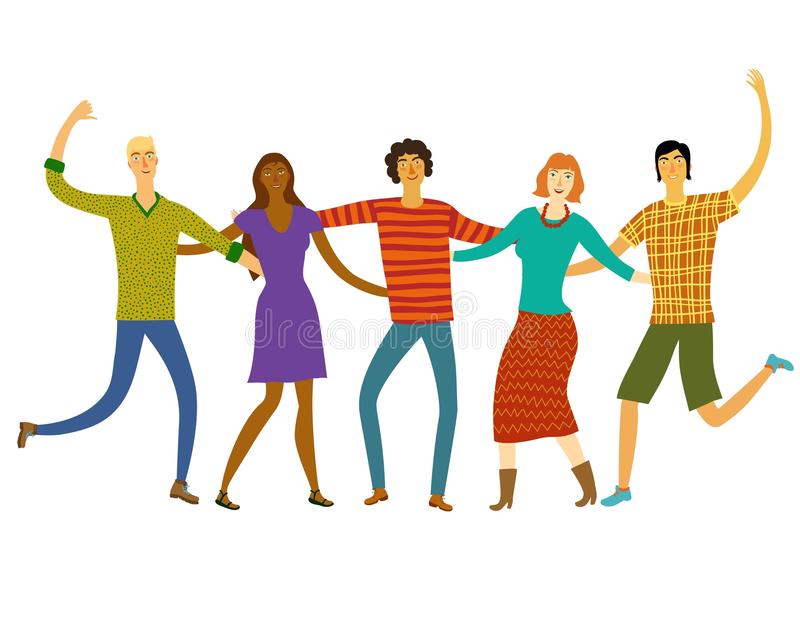
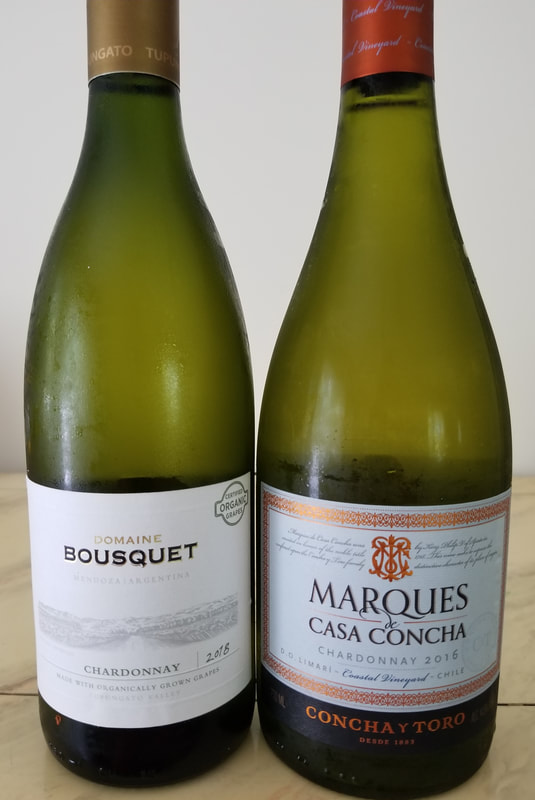
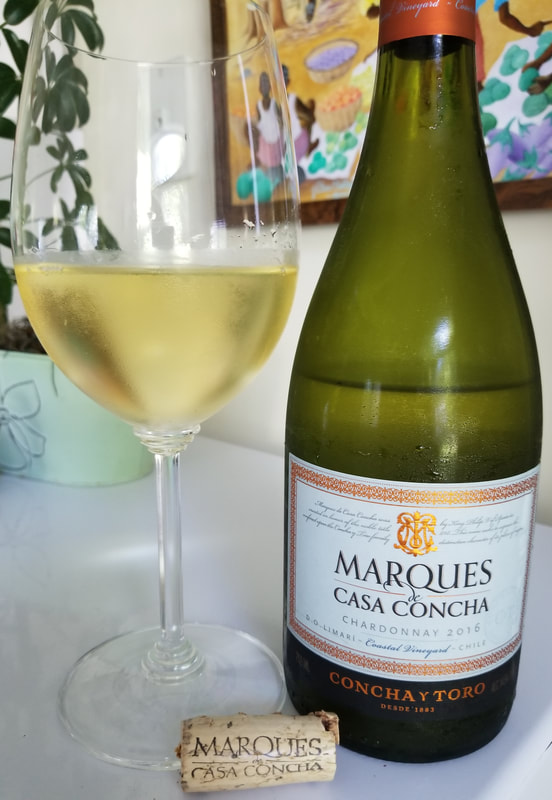

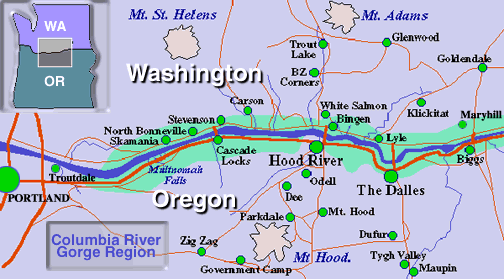
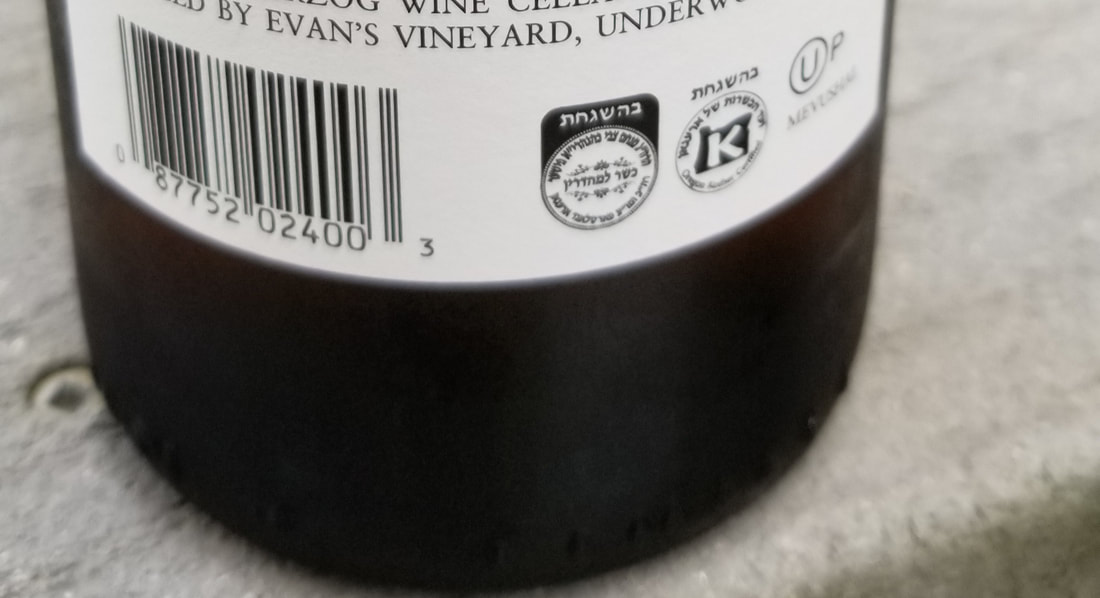
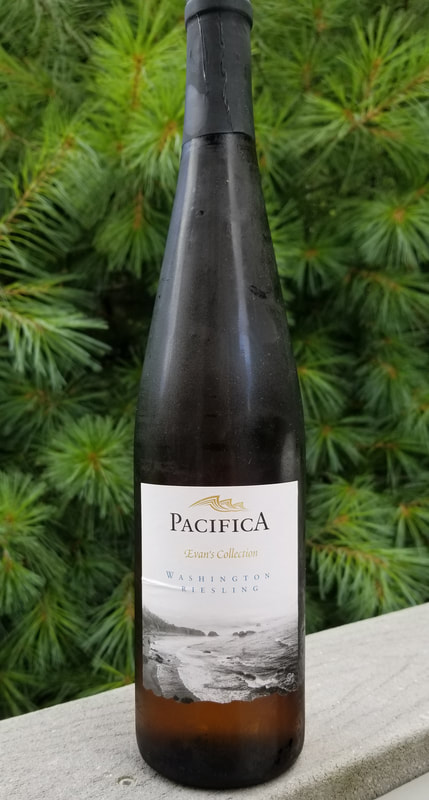
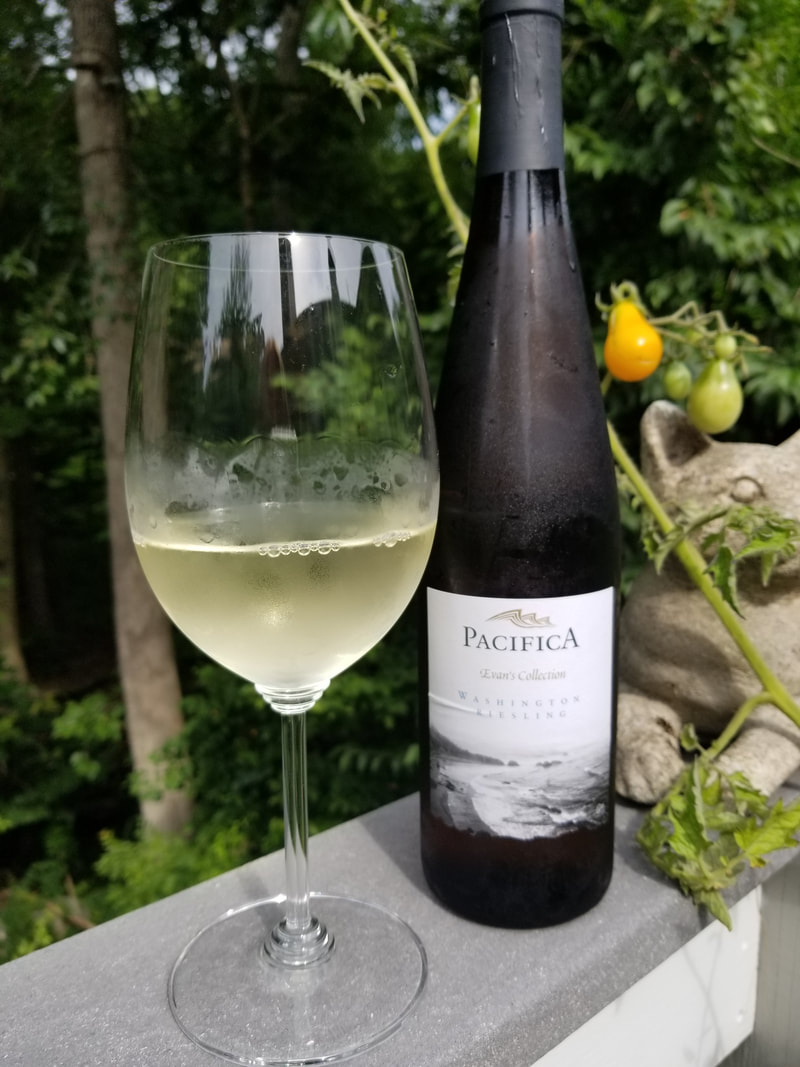
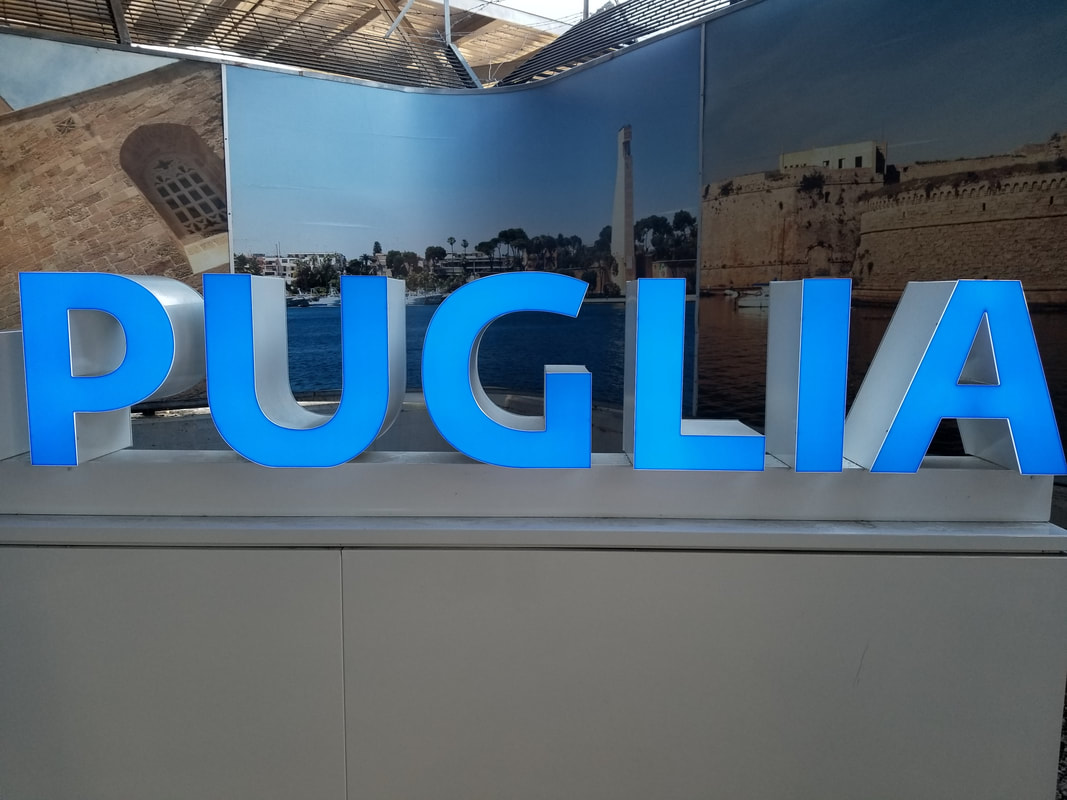
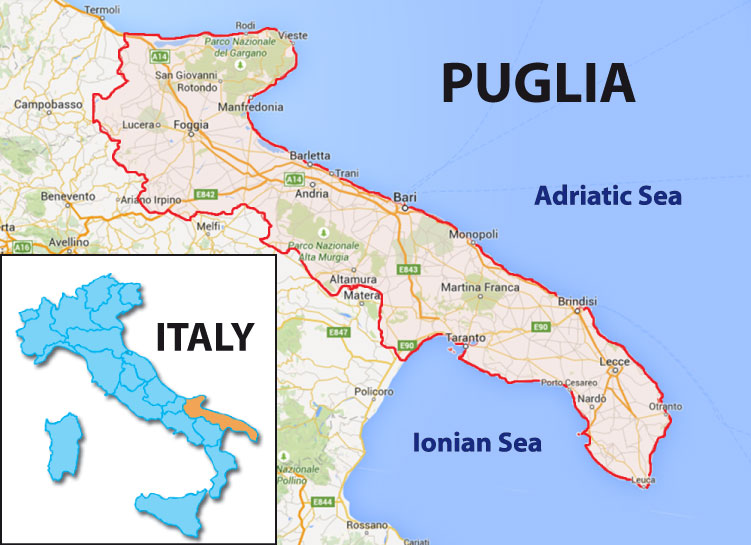
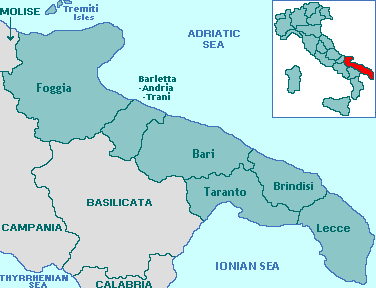
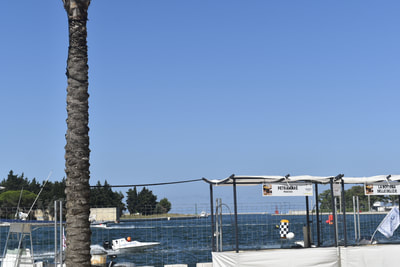
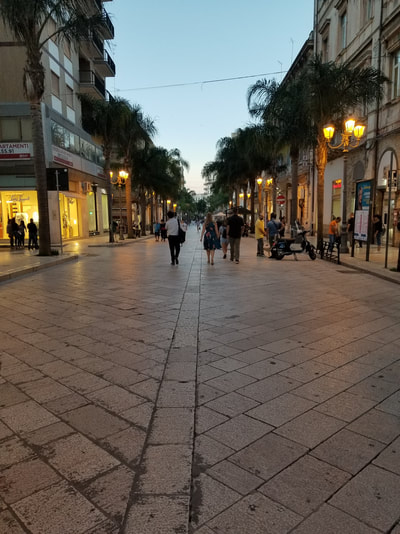
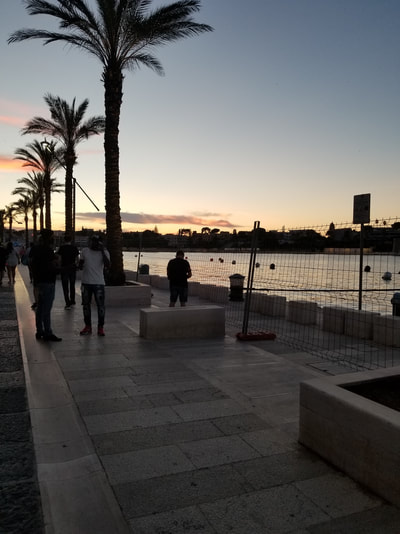
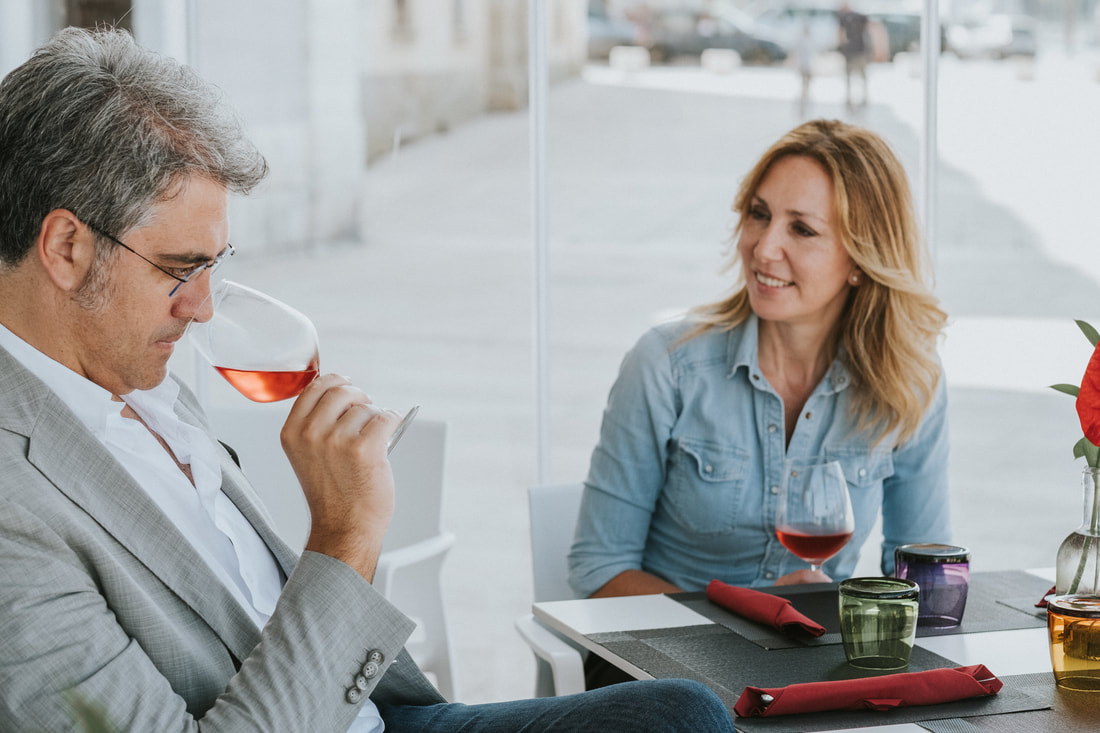
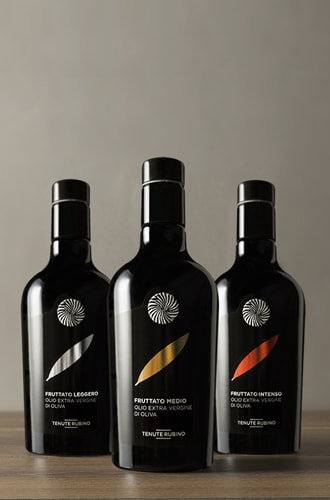

 RSS Feed
RSS Feed